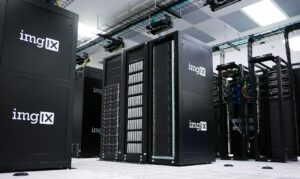Full Backup
This is a complete copy of your organisation's data and files in a single version. The advantages of this option are that it gives you the chance to restore your entire data assets if needed, there is simple access to the most recent version of your backup, all backups are in one simple version, and it should enable business operations to be restored in full with minimal downtime/interruption.
The downsides are that complete backups require significant storage space, demand substantial bandwidth, and the process can be relatively time-consuming due to its totality.
Incremental Backup
This type of backup covers all files that have been altered/modified since the last backup, whatever type the previous one was. As an example, if you were to run a full backup on a Friday and then an incremental one on the following Tuesday, the incremental backup would be a copy of all files that had changed between the Friday and the Tuesday.
The advantages of incremental backups are that the backups themselves do not take that long and they are smaller in scale, so they will need less storage and bandwidth.
The downsides are that the recovery time may be slower and they need to work in conjunction with a full backup if a complete recovery is needed. This piecing together of the data from different backup sets can be complex and time-consuming. There is also a small chance of incomplete data recovery where one or more backup sets to fail.
Differential Backup
This is a cumulative backup of all files that have been changed since the last completed backup. For example, if you were to run a full backup on Monday and a differential backup on Thursday, this backup would cover all files changed between Monday and Thursday. If you were to then run another differential backup on Friday, it would cover all files changed since Monday’s full backup as opposed to since Thursday’s.
The advantages of this are that it requires less storage than a full backup and only two backups – the last full and latest incremental – are required for recovery.
The disadvantages are that the backup itself takes longer than an incremental one, it requires an initial full backup to enable total recovery, two backup sets will need to be patched together, and there is a chance that if one of the two is faulty/incomplete, the recovery will fail.
Many organisations opt for a combined approach to backups, which utilises a full backup – perhaps weekly – plus either a differential or incremental daily backup. Each option has its own risks and rewards and the best option depends upon the organisation’s relationship with its data. This includes facts such as the data protection strategy, the volume of data, and the frequency with which the data/files are changed.


